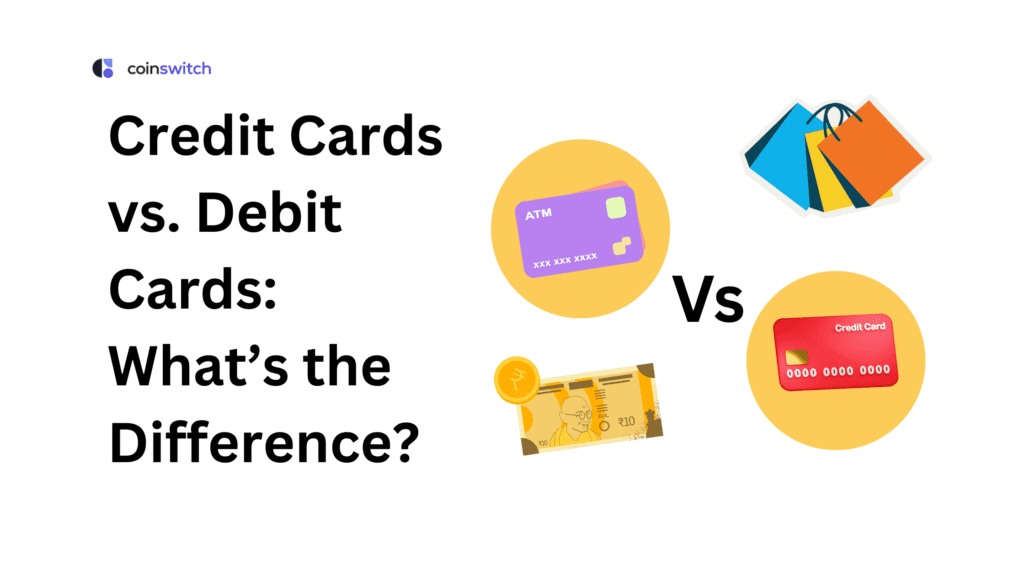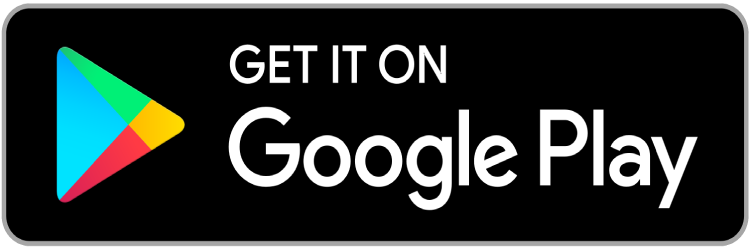Credit cards vs. debit cards are easy to mix up, but they have different uses for managing your money. To manage your finances efficiently, you must understand how they work differently. Even though both offer safety and ease with everyday payments, they impact your credit differently.
A debit card lets you spend exactly what’s in your account without extra borrowing. But with a credit card, you borrow funds and can pay them back on time, generally charged with an interest rate. Everything about these payment methods comes down to how you use them. This blog post will review the main points to help you decide which is right.
What is a credit card?
A credit card is a facility offered by a bank or credit card company. It has a pre-approved limit based on your financial standing. You can also shop, pay bills, or make online transactions with it. Later, you pay back the money with or without interest during your billing cycle.
Becoming familiar with credit terms such as the card number, expiry date, CVV code, and password is essential. Credit card APRs are commonly higher than those for other types of loans. However, most business owners use this type of card to manage finances. That is why, in the financial year 2024, the total number of credit cards issued grew to almost 102 million in India.
Pros of using credit cards
Credit cards are financial instruments that, when used intelligently, have numerous benefits. There are several simple and clear benefits of using a credit card.
1. Easy Access to Credit
With credit cards, you can spend now and repay later. This means your bank account remains untouched until your credit card bill is due. This helps you control expenses without immediately impacting your savings.
2. Helps Build Credit History
Having a credit card and paying bills on time will help you build your credit score. A good credit score facilitates getting or availing a personal or housing loan in the future. Banks assess your spending patterns through your card usage and payment patterns to assess if you are a responsible consumer.
3. EMI Option for Big Purchases
If you need something expensive, such as a TV or air conditioner, you can pay in part by the month (EMI). This helps you avoid spending all your savings at once, and it is considered more economical than opting for a personal loan.
4. Rewards, Discounts, and Offers
Many cards offer cashback, reward points, or air miles. These rewards may help you save money or pay off your credit card bill. Some cards also provide discounts on flights, holidays, and shopping.
5. Interest-Free Period
Credit cards typically provide 45-60 interest-free credit days. You don’t pay anything extra if you pay your full bill on time.
6. Purchase Protection
You might get insurance coverage if something purchased using your card is lost or damaged. Your card statement will help support your claim. The use of credit cards intelligently ensures financial ease and savings.
Read More: Microlending: Definition, How It Works, Risks & Rewards
Cons of using credit cards
Although credit cards offer many advantages, they may also have certain drawbacks. You should use your credit card wisely, as they say too much of anything is bad.
1. Overspending
Credit cards come with reasonably high spending limits. This may be tempting to users to make unnecessary purchases, as overspending can lead an individual into a debt trap.
2. Fraudulence
Credit cards are still not immune to online fraud. So, your card numbers can be stolen and misused. If you don’t report it in time, you risk losing money.
3. High Interest Charges
The interest rates are high on late credit card payments. This can cause heavy debt, and interest rates are far higher than most other loans.
4. Surcharges
Some transactions have extra fees, such as fuel or railway bookings. This is called a surcharge, and it may increase your monthly credit card bill.
5. Limited Cash Withdrawal
Credit cards permit cash withdrawal, but at high costs. Interest accrues from the day of withdrawal. Unlike using a debit and credit card for purchases, withdrawing cash on credit is very expensive, which should be avoided at all times.
6. Minimum Due Confusion
The credit card statement displays a ‘minimum due’ of a certain payment amount. New users often confuse this with the net bill. Minimum payment causes more spending and higher interest. This misunderstanding may bring long-term debt.
Read More: What Do Investment Bankers Really Do?
What is a debit card?
A debit card is a payment card that banks issue when you open a current or savings account. It allows you to make payments straight from your bank account, and you can use it in shops through a card swipe machine. Debit cards also double up as ATM cards, which can be used to withdraw cash from ATMs and kiosks. These cards will help you perform cashless transactions safely and without much hassle.
Debit cards are helpful on the go, as you need not carry much cash. Most merchants accept debit cards, and these cards can also be used in international transactions. However, you cannot use them to borrow money; you can only use them to spend what you have in your account. Debit cards provide easy and safe banking. Almost 975 million active debit cards were circulated in India in May 2024.
Pros of using debit cards
Debit cards are convenient forms of digital cash. If you have money in your bank account, you can spend it immediately without borrowing. Here is an easy guide on debit cards’ numerous benefits.
1. Easy to Get
If you open a savings or current account, you can request a debit card. The bank will send it to your registered address. In addition to the card, you will receive a PIN for safe online transactions.
2. Convenient Usage
Debit cards are used in ATMs, stores, and online. To shop, just tap the card or use the contactless one. One can make online purchases by simply filling in card details.
3. No Debt Involved
Unlike a credit card, a debit card cannot be used to spend more than its balance. You only spend what you already have. Unless there is an adequate balance, the transaction will fail.
4. Safe and Secure
Debit cards provide safety features like a chip or magnetic stripe. The PIN must be input to accomplish most transactions. You also receive a message on your mobile every time a transaction is made.
5. Widely Accepted
Debit cards are accepted in India and overseas and are backed by international networks such as Visa and Mastercard. Request your bank to enable this facility if you intend to use it internationally.
6. A Cash Alternative
You do not have to carry cash, as you can use a debit card to pay for items. It accepts in-store or online payments and cash withdrawals at ATMs. However, before using a debit or credit card, you should follow the basic rules and regulations.
Cons of using debit cards
Debit cards are convenient, and their usage is almost universal. However, they also have a few drawbacks that users should be aware of. Even though there are some conveniences in both debit and credit cards, you can also learn to use a debit card and understand its limits.
1. Limited Fraud Protection
If you make an unauthorized transaction with your card, money is deducted directly from your account. Banks can also return the amount once they check the case, but this is not immediate. You won’t be able to access your lost money then.
2. No Help in Building Credit
A debit card does not contribute to the credit score. Because while it only uses the money you currently have in your account, it does not reflect well on how you manage borrowed money. To establish a good credit history, you should use a credit-based product.
3. Spending Restrictions
Your bank determines the daily limit on the amount you can withdraw or spend using your card. These limits guard against fraud but can be inconvenient in emergencies or purchases of big items.
The Bottom Line of Credit Cards vs. Debit Cards
Knowing the difference between a debit and credit card is essential when controlling your money. A debit card uses money from your bank account.
A credit card allows you to borrow money to pay back later. Credit cards can boost credit, but you can end up in debt if not handled carefully. Debit cards are safer to use in your day-to-day life if you want to avoid overspending. So, choose the option that suits your spending habits and needs most.
FAQs
1. What is the major difference between a debit card and a credit card?
A debit card uses money from your bank account. A credit card enables you to borrow money from the bank and return it at a later date, with or without interest.
2. Is it better to spend with a debit or credit card?
It depends. Credit cards provide more protection and rewards. Debit cards help you avoid debt. If you want to have control, select debit. Select a credit card if you pay bills on time.
3. Is an ATM a debit card or a credit card?
An ATM card is typically a type of debit card. It enables you to withdraw cash directly from your bank account from an ATM.








